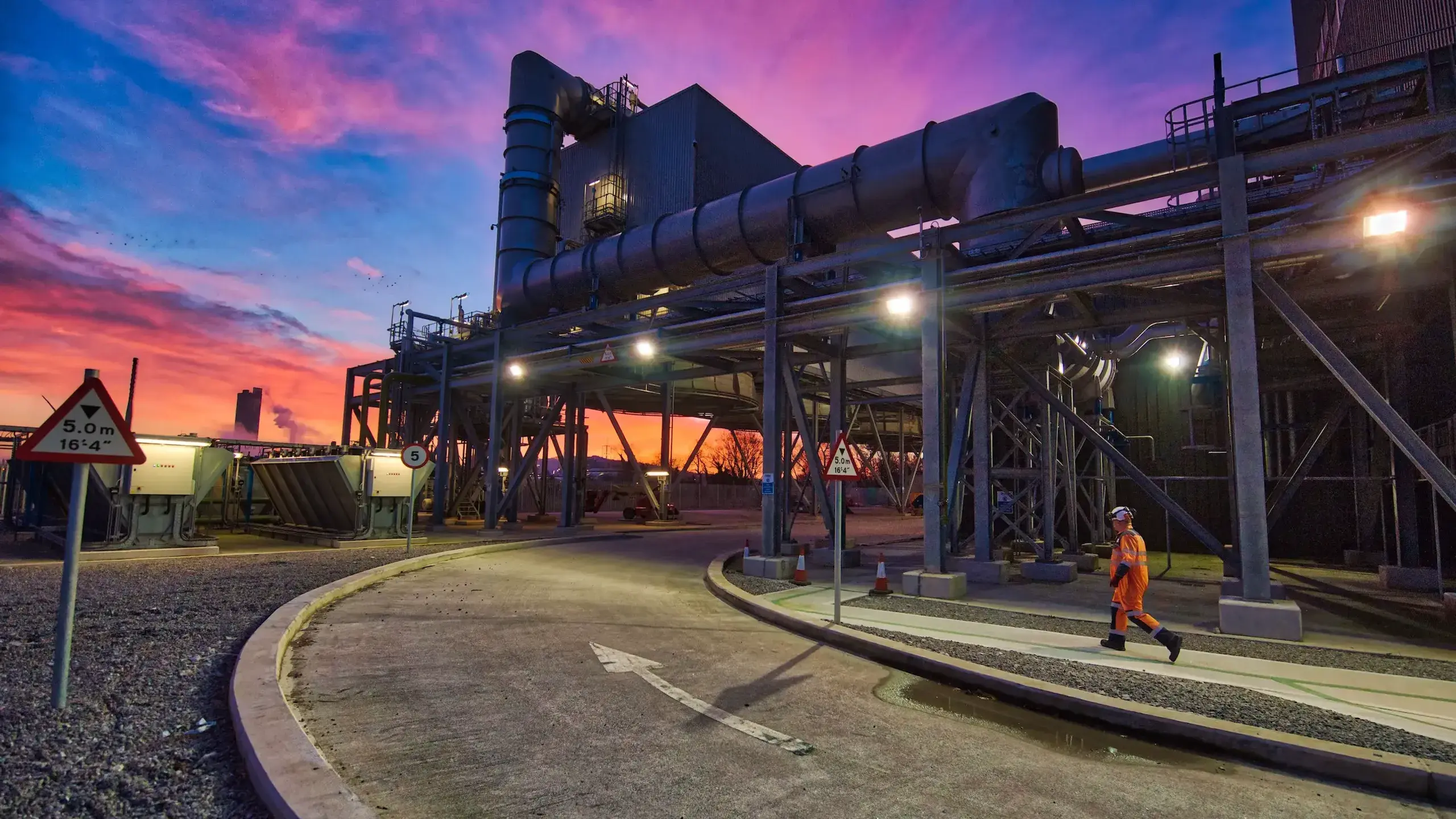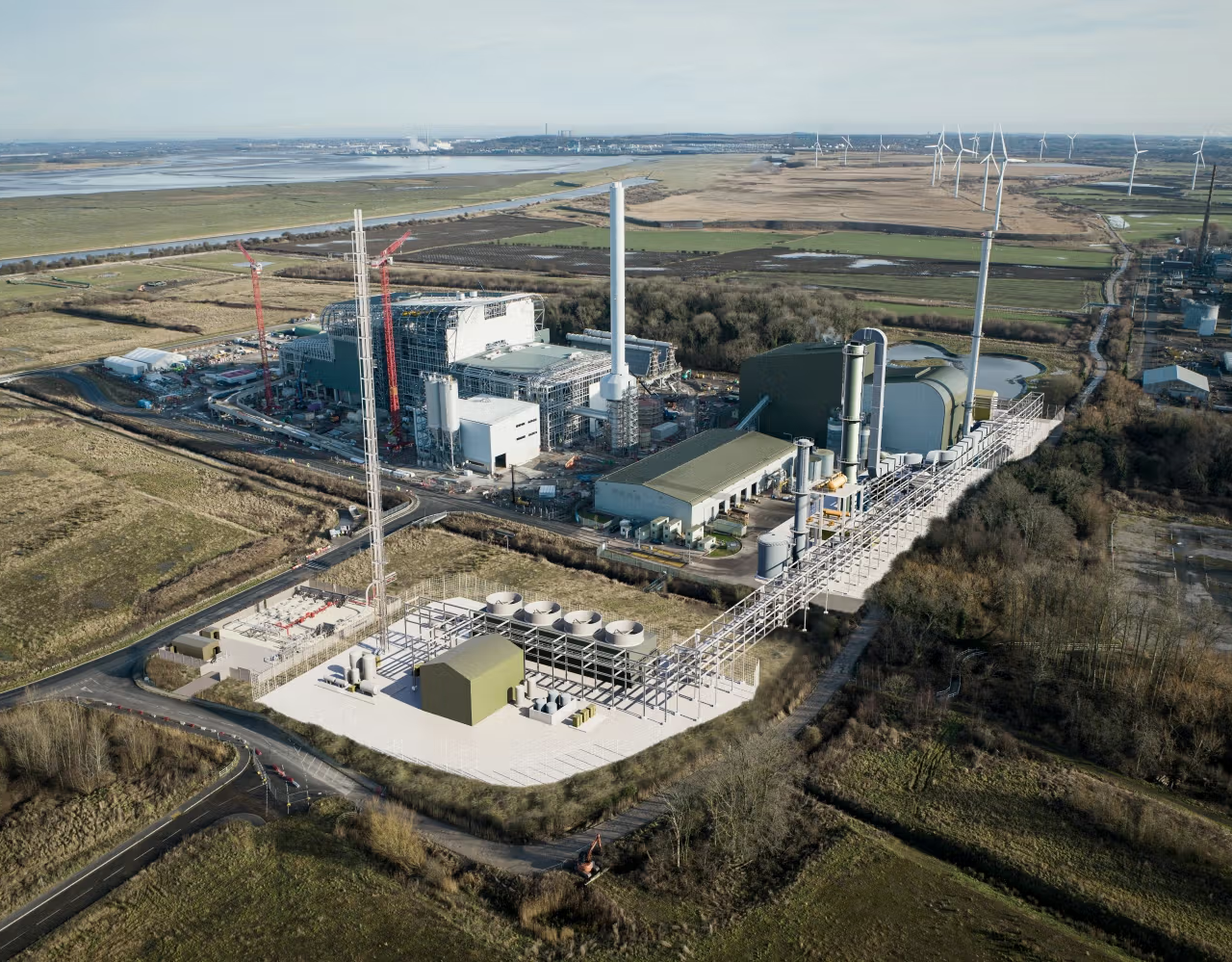Big Tech’s BECCS offtakes turn carbon removal into a procurement race
Microsoft, JPMorgan Chase, and a consortium including Alphabet, Meta, Shopify, and Stripe have struck multimillion-dollar agreements with paper mills to install carbon scrubbing and inject captured CO2 into deep saline aquifers. This accelerates bioenergy with carbon capture and storage (BECCS) and signals a shift: durable carbon removals are moving from pilot to portfolio-and early buyers are cornering scarce supply. Source: MIT Technology Review’s The Download.

Executive summary: What this means for your strategy
- Supply squeeze: High-durability removals (BECCS, DAC) are limited and pricey; Big Tech’s offtakes will tighten availability and set price anchors for 2026-2030 commitments.
- Regulatory convergence: EU CSRD assurance, voluntary market scrutiny, and US incentives (e.g., 45Q for secure geologic storage) favor engineered, verifiable removals over cheap avoidance offsets.
- Risk calculus: BECCS carries permitting, MRV, and community/brand risks-missteps can trigger greenwashing backlash even as deals unlock cost curves and compliance options.
Market context: The competitive landscape is shifting
Durable carbon removal is becoming a procurement category. Early offtakers secure future inventory, de-risk project finance, and influence verification standards. Late movers may face higher prices, lower-quality credits, or miss targets under investor and customer pressure. At the same time, alternative decarbonized power options are maturing-next‑gen nuclear (e.g., Kairos Power’s molten-salt designs now permitted and prototyping) offers potential 24/7 low‑carbon supply that can complement removals by shrinking the residual footprint. Mobility and AI policy moves highlighted in The Download (robotaxis entering London, social platforms’ age gating, evolving AI content rules) underscore that regulatory and reputational vectors are tightening across tech-enabled operations, not just climate.

Opportunity analysis: Where value and risk reside
- Cost and claims advantage: Locking in multi‑year, verifiable removals can stabilize costs and underpin science‑based targets and CSRD‑assured disclosures. Communicate clearly: distinguish reductions from removals, biogenic from fossil, and specify permanence.
- Industrial partnerships: BECCS is most viable where biogenic CO2 streams are concentrated (e.g., pulp/paper, biomass power, ethanol). Corporate capital or creditworthy offtakes can catalyze projects while capturing learning‑curve benefits.
- Policy stacking: Pair federal incentives for geologic storage with state/market credits where applicable. Ensure pore‑space rights, Class VI well permits, and pipeline routing are addressed to avoid delays.
- MRV rigor: Demand independent monitoring, reporting, and verification; assess additionality, biomass sourcing impacts, lifecycle emissions, and leakage/permanence protocols.
- Portfolio balance: Engineer a mix—operational reductions and 24/7 clean power (consider advanced nuclear PPAs as they mature) plus a tranche of durable removals sized to your hard‑to‑abate residuals.
Action items: Moves to make this quarter
- Quantify your “durable removals gap” to 2030/2040 and run price scenarios; set an internal ceiling for engineered removals.
- Issue an RFI/RFP for multi‑year offtakes with engineered removal providers (BECCS, DAC), specifying MRV, permanence, and disclosure terms.
- Create a carbon claims governance rubric with Legal/Comms to avoid greenwashing and align with CSRD/SBTi guidance.
- Map permitting risk: require counterparties to show Class VI progress, community engagement plans, and liability frameworks.
- Pursue parallel reductions: advance 24/7 clean power procurement; monitor next‑gen nuclear milestones to position for early PPAs.
- Strengthen brand‑safety and AI policy controls in marketing and product ops, reflecting the newsletter’s broader signals on platform governance and content risk.
- Update resilience planning with AI‑enabled flood and climate intelligence for supply chains and facilities.
Bottom line: Engineered removals are moving from experiment to essential input. Those who secure credible supply and govern claims tightly will convert climate liabilities into strategic assets.

Leave a Reply